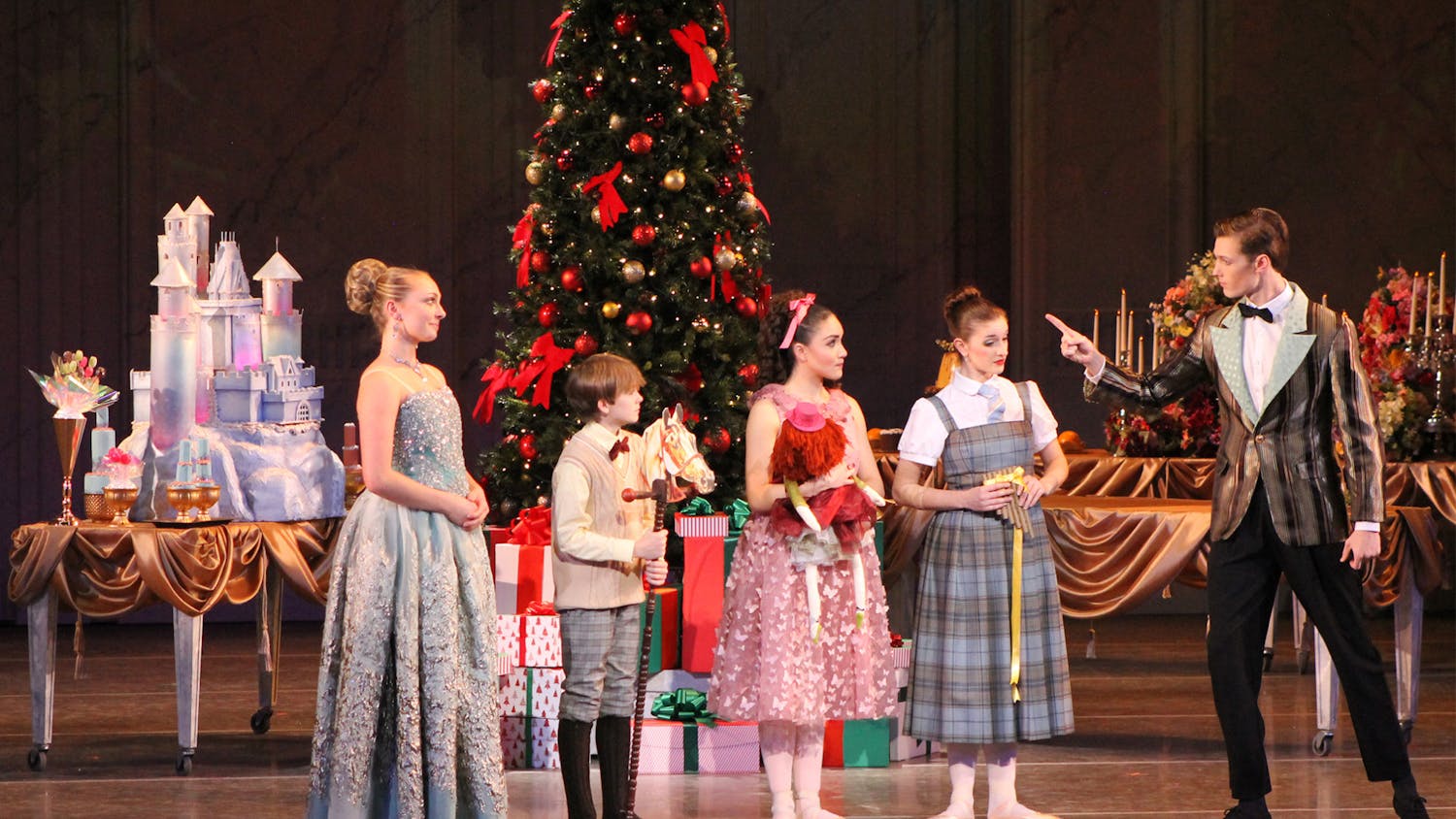HONOLULU - It's become a daily ritual for Gayle Stephens. She often laughs and cries while getting her daily fix. She's even tried to get her family hooked.\nStephens loves Korean dramas.\nShe is among a growing number of Americans with no connection to Korean culture who say the shows are a more compelling and wholesome alternative to the usual daytime programming on American TV. And retail giants are also starting to tune in.\n"I like the fact that they're cleaner, they're not as smutty as the American dramas," said Stephens, a 32-year-old black woman who grew up in Durham, N.C.\n"I didn't think I would enjoy watching, but I really got caught up in it. It's very engaging," she said.\nTV dramas have become South Korea's hottest export since cell phones, female golfers and kimchi. The Korean craze, which also includes music and film, has swept through Japan, China, the Philippines, Singapore and most of Asia and is now making its way across the United States.\n"It's just a small peninsula nestled between Japan and China, but they've just hit it right," said Tom Larsen, general manager of YA Entertainment LLC, a major North American distributor of Korean dramas. "They know how to put together a good drama that their neighbors in Asia are eating up."\nNow, more Americans are saying hello to "hallyu," or the "Korean wave."\nLarsen said the dramas are the driver behind the wave, but it is really "all things Korea."\n"It stopped in Hawaii, built up some momentum and reached California shortly after and is continuing to spread across the states," he said. "The mainland is three, four, five years behind Hawaii."\nKorean soap operas used to be only offered in select Asian video stores, but now they are going mainstream with English subtitles.\nIn Hawaii, retailers such as Wal-Mart, Costco, Borders, Blockbuster and Tower Records are capitalizing on the craze and in the past few months began selling Korean drama box DVD sets for $60 to $120.\nThe DVDs are also sold in music and book stores in cities with large Asian communities such as Los Angeles, San Francisco, Seattle, Chicago and New York, as well as online at Amazon.com.\nSince opening in 2003, San Bruno, Calif.-based YA has seen revenue triple in each of the past two years behind strong sales of its top sellers: the tearful love story "Stairway to Heaven," and historic drama "Dae Jang Geum." YA plans to release 22 titles this year.\nFans say the Korean shows, centered around relationships and family, focus more on story lines than special effects and are a refreshing change from American programming they see as too violent and too racy.\nAnnette Marten, a 69-year-old nurse from Kailua, said Korean soaps depict love in a more romantic and artistic way, without steamy, bedroom scenes.\n"I'm not prudish in any way, but it's so lovely how they express themselves," she said. "I get all excited if they get a hug. It has so much more meaning."\nMany Korean dramas feature elements also found in American soap operas -- love triangles, forbidden love, evil mothers-in-law and corrupt business partners. But a key difference is that Korean story lines end usually after 16 to 20 hour-long episodes, no matter how popular they become.\nCBS' "Guiding Light," on the other hand, has been on the air since 1952.\n"They go from one bed to the next and everybody ends up with someone else's husband and it never ends," said former daytime TV fan Yolanda Kala, 48, of Waianae. "It's like 20 years and they still have the same problems. At least with the Korean stuff, you start and you end."\nKBFD-TV in Honolulu, the nation's first FCC-licensed station dedicated to Korean programming, had primarily Korean viewers when it first aired in 1986.\nToday, less than 10 percent of viewers are Korean and ratings are higher than ever, said Jeff Chung, the station's general manager.\nIn just a few years, the station has helped Korean dramas become part of Hawaii's entertainment landscape.\nTravel agents here are selling tours to Korea to visit filming locations. There are blogs and chat rooms. Hawaii's largest daily newspaper carries a weekly column. Korean restaurants, shops and language classes are now filled with curious non-Koreans.\nThere're even fan clubs devoted to the dramas.\nGerrie Nakamura and Nora Muramoto, who are of Japanese ancestry, are truly Korean drama queens.\nThey founded the Hawaii K-Drama Fan Club in 2002 with about 20 people, but the group has grown to 400 members, mostly middle-aged women of all races. Only about 5 percent of its members are of Korean heritage.\nMuramoto, 59, said her love of the dramas has inspired her to take Korean cooking and language classes. Nakamura, a high school teacher, said she sometimes recommends the dramas to her students to learn about family values and respect for elders.\n"We grew up with 'Leave It to Beaver' and 'The Waltons,' but today's kids don't have that," she said. "They see extreme whatever--reality TV and naked girls on MTV"
Korean drama craze reaches United States
Get stories like this in your inbox
Subscribe





